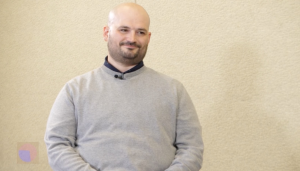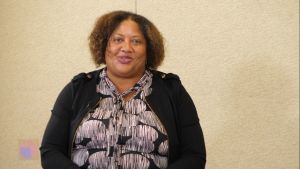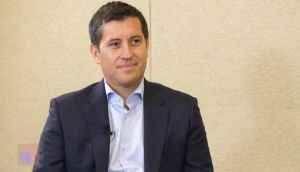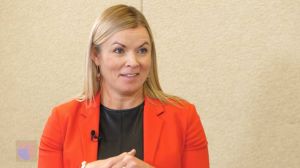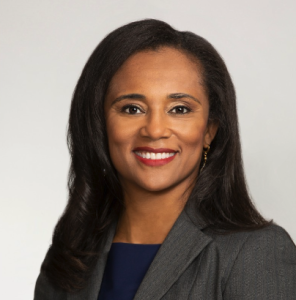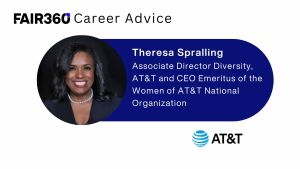This Meeting in a Box tool is designed for distribution to all employees. You may use portions of it or all of it. Each section is available as a separate PDF; you can forward the entire document or link to it on Fair360 Enterprise; or you can print it out for employees who do not have Internet access.
October is National Disability Employment Awareness Month. It is the ideal time to increase your company’s awareness of the untapped talent pool of people with disabilities and educate your company on a variety of disabilities, as well as the best time to learn or re-learn how to successfully bring people with disabilities on board.
It’s also an excellent way to refresh your knowledge on the culturally competent way to recruit, retain, engage and promote this increasing demographic.
This Meeting in a Box is designed to make it easy for you to share the entire package or individual components with your employees. Each element is available in a PDF and is available to download for you and your team to print.
WHAT’S INCLUDED
• Timeline of legislation and events impacting the progress of people with disabilities and their achievements in the United States
• Facts & Figures demonstrating educational progress and continued employment and income inequities
• Our cultural-competence series “Things NOT to Say” focusing on people with disabilities.
This information should be distributed to your entire workforce and should also be used by people with disabilities and allies employee resource group, both internally and externally, as a year-round educational tool.
[CLICK HERE to download a PDF of the full Meeting in a Box.]
1. Historic Timeline
We recommend you start your employees’ cultural-competence lesson on people with disabilities by using this historic Timeline, which documents individual achievements of people with a variety of disabilities, plus legislation, including the Americans with Disabilities Act (ADA), which changed their legal opportunities for equality.
Discussion Questions for Employees
What are the variety of disabilities applicable under the ADA? Why has it been so challenging for people with disabilities to attain gainful employment?
Discuss the different experiences of people with different types of disabilities. Explain how hidden disabilities can be even more difficult to address when there are inequities.
Explain how your company changed its opinion, accommodation and treatment of people with disabilities. Can more be done?
What are the barriers to hiring, promoting and retaining people with disabilities?
2. Facts & Figures
After discussing the Timeline, the next step is to review available data and understand how and why hiring people with disabilities impacts our business.
In 2017, Fair360, formerly DiversityInc required companies to complete the National Organization on Disability’s Disability Employment Tracker to be on the Fair360, formerly DiversityInc Top 50 or any of the specialty lists. The Top Companies for People With Disabilities list was selected based on answers to questions on the Fair360, formerly DiversityInc Top 50 survey about representation, accommodations, recruitment outreach, on-boarding, talent development and employee resource groups for people with disabilities.
Discussion Questions for Employees
As baby boomers retire, the need for skilled workers in the United States is intensifying. The disabilities population is an untapped resource, yet many companies shy away from this group.
How can your company — and you personally — create more awareness of the value of reaching out to the disability community?
How can you mentor and teach people with disabilities, especially those still in college?
How can companies work with disability non-profits to identify and recruit talent?
How can you educate managers and the workforce about cultural competence?
Do you encourage people with disabilities, especially those with hidden disabilities, to self-identify?
What are the benefits of a corporate culture where people can be free to bring their whole selves to work?
CLICKABLE IMAGE of FACTS & FIGURES
3. Things NOT to Say to People With Disabilities
This “Things NOT to Say” was written by Frank Kineavy, a staff writer at Fair360, formerly DiversityInc. Frank, who is living with cerebral palsy, shares what to avoid in the workplace when interacting with employees with disabilities.
Discussion Questions for Employees
What other phrases have you heard addressed to people with disabilities that were condescending or offensive?
Discuss how these phrases and stereotypes impact office morale and productivity.
What do you do when you hear an offensive comment in the workplace toward an employee with a disability?
After today’s lesson, what would you do if you overheard a colleague make one of these comments?
Continue the discussion with each employee having a plan of action on how to address offensive language.


